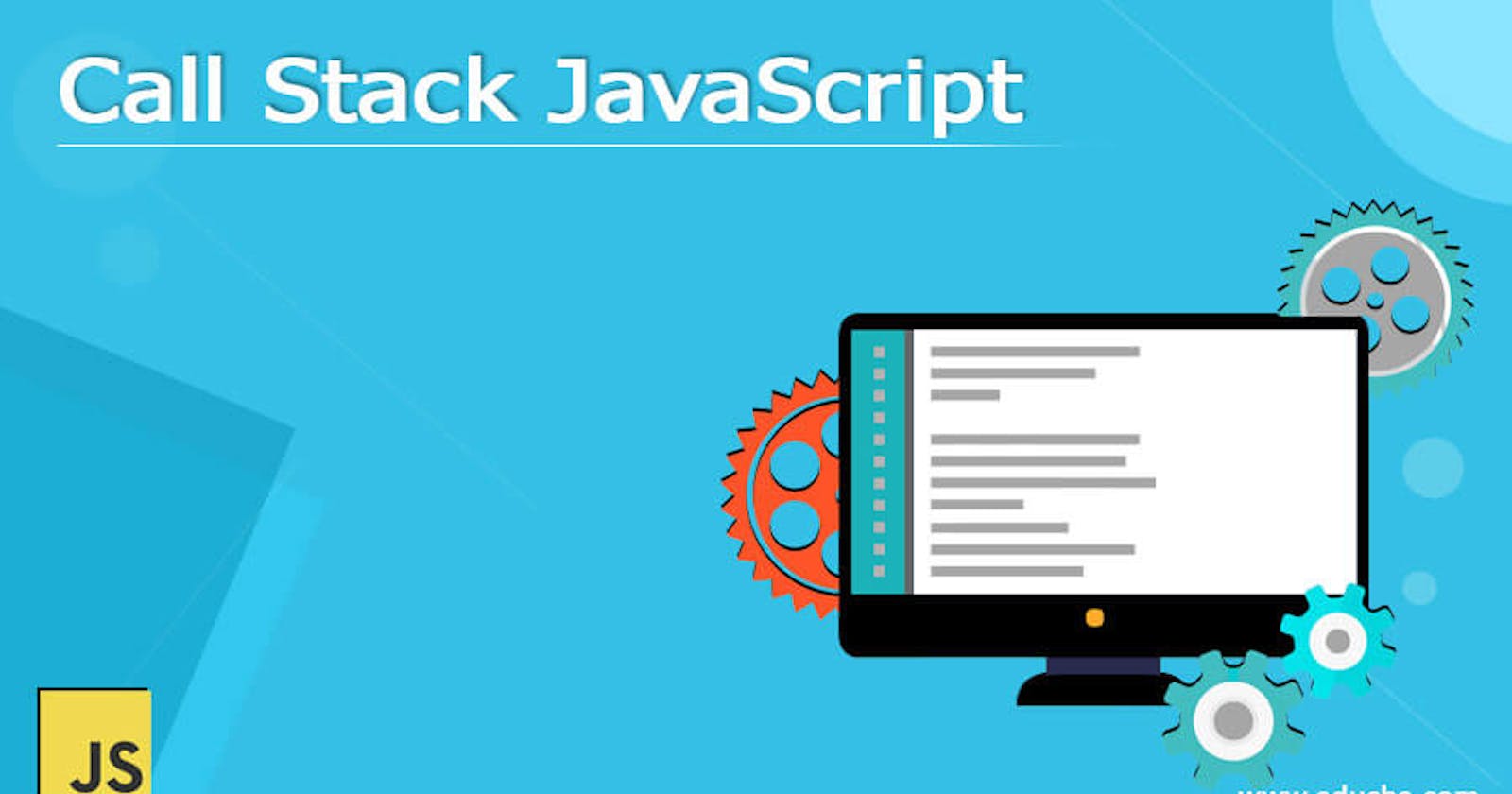What is the Call Stack in JavaScript ?
The call stack is used by JavaScript to keep track of multiple function calls. It is like a real stack in data structures where data can be pushed and popped and follows the Last In First Out (LIFO) principle. We use call stack for memorizing which function is running right now. The below example demonstrates the call stack.
function f1() {
console.log('Hi by f1!');
}
function f2() {
f1();
console.log('Hi by f2!');
}
f2();
Output:
"Hi by f1!"
"Hi by f2!"
Explanation:
The steps and illustrations below explain the call stack of the above function.
Step 1: When the code loads in memory, the global execution context gets pushed in the stack.
Global Execution context
Step 2: The f2() function gets called, and the execution context of f2() gets pushed into the stack.
function f2() {
f1();
console.log('Hi by f2!');
}
Global Execution context
Step 3: The execution of f2() starts and during its execution, the f1() function gets called inside the f2() function. This causes the execution context of f1() to get pushed in the call stack.
function f1() {
console.log('Hi by f1!');
}
function f2() {
f1();
console.log('Hi by f2!');
}
Global Execution context
Step 4: Now the f1() function starts executing. A new stack frame of the console.log() method will be pushed to the stack.
console.log("hi from h1")
function f1() {
console.log('Hi by f1!');
}
function f2() {
f1();
console.log('Hi by f2!');
}
Global Execution context
Step 5: When the console.log() method runs, it will print “Hi by f1” and then it will be popped from the stack. The execution context go will back to the function and now there not any line of code that remains in the f1() function, as a result, it will also be popped from the call stack.
Step 6: This will similarly happen with the console.log() method that prints the line “Hi by f2” and then finally the function f2() would finish and would be pushed off the stack.
